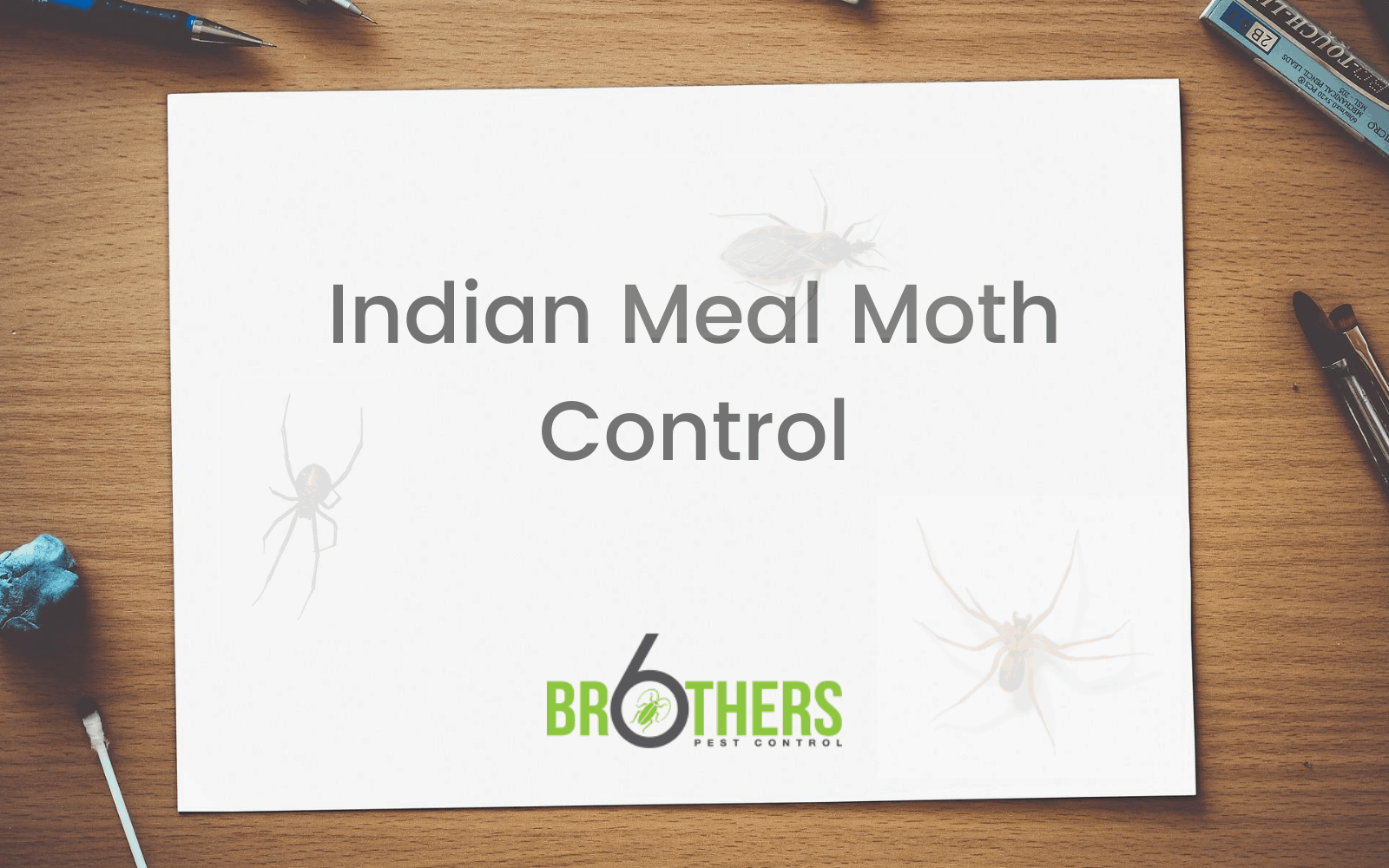A little moth might not seem like a big deal, but if you are dealing with Indian meal moths in your pantry, you might suddenly take it more seriously. Indian meal moths are one of the most destructive and difficult pantry pests to get rid of. They can quickly contaminate large amounts of food and cause a lot of frustration for homeowners.

Indian meal moth by Kaldari / Public domain
How to Identify Indian Meal Moths
Indian meal moths, sometimes called pantry moths or grain moths, are approximately 8-10 mm long with a wingspan of 16-20 mm. They have a fairly distinct color pattern with the first third of their wings being whitish-gray and the last two-thirds being reddish-brown or copper in color. They also usually have a dark band where these two color patterns meet.
The caterpillar (larval stage) of the Indian meal moth is actually the cause of most pantry damage. It is usually off-white in color with a brown head and is approximately 12-14mm long. Depending on what it is eating, the larvae can also be pink or greenish. The caterpillar goes through 5-7 instars before pupating and becoming a mature adult moth.

Indian meal moth larvae by Pudding4brains / Public domain
Food Preferences
Indian meal moth larvae eat a large number of plant-based pantry items. Some of their favorites include: cereal, rice, bread, pasta, flour, spices, nuts, dry pet food, birdseed, and dried fruits. They may also consume more unusual items like chocolate, coffee, cookies, and even crushed red pepper flakes. The larvae can chew through thin plastic and cardboard, so even sealed containers may be infested. One sign of an infestation is silk webbing that is left on the food. Besides the webbing, the larvae also leaves behind feces and shed skins.
Indian Meal Moth Control
Most Indian meal moth infestations are introduced into the home via already contaminated products. This means that it is very important to carefully examine all packages before purchasing them at the store. Check for small tears, holes, or chew marks. Indian meal moths can be killed by freezing or heating, so many people like to put their grains and susceptible foods straight into the freezer after purchasing them. One week in the freezer, and you can feel confident that any eggs or larvae that may be in the food have died. After taking this precaution, it is then important to store your food properly. Store opened food in thick plastic, metal, or glass containers. It is also a good idea to not store large amounts of expired food, as they are more likely to attract pests.
If you find yourself with an infestation, any open food should be thrown out, and all surfaces should be scrubbed using soap and water or vinegar. Non-toxic moth traps are also available. They contain a pheromone lure that will attract the adult moths and hopefully keep them from reproducing in your pantry.
If you are in need of help with pantry pests or any other household pests, you can trust Six Brothers Pest Control to get the job done right. From spiders and ants to rodents and roaches, we are your Las Vegas Pest Control specialists. We also have offices in St. George, Salt Lake City, and Boise Idaho Contact us today for all your pest control needs.













